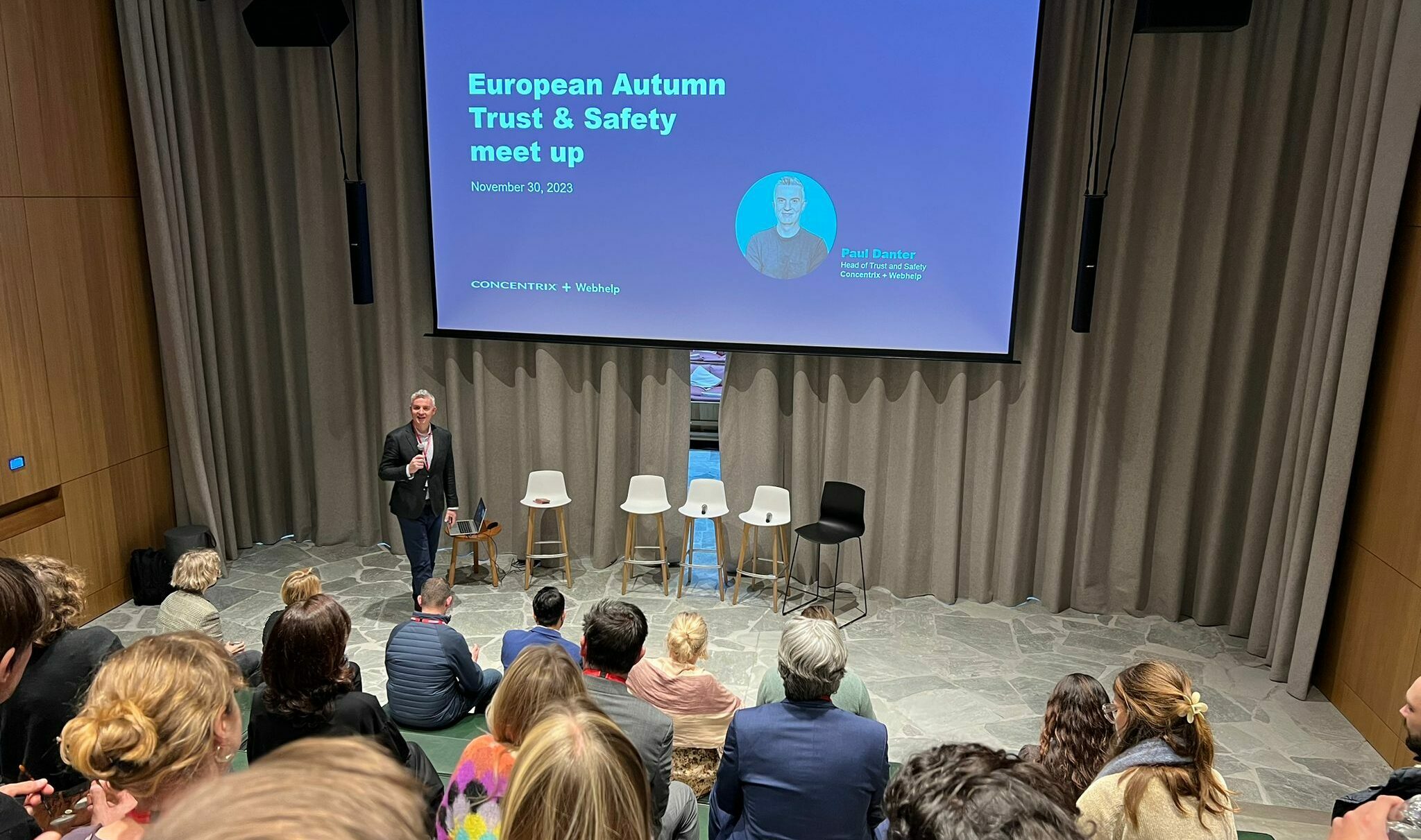How do you prefer to shop: online or in-store? The answer to this question depends on several factors, but traditionally people who valued their time would prefer the ease of online retail and those who wanted to actually see and experience items before buying would prefer the in-store experience.
However, this comparison between the High Street and online shopping is growing outdated fast. Many research papers are now being published with evidence that shopper attitudes have changed and the online experience is looked on more favourably; not because it is faster, but because it is more personal.
You might ask how an app or website can offer a more personal experience than a store staffed with expert sales assistants ready to answer questions and demonstrate products. The answer is in the data. If you are logged into a store then that retailer knows who you are. They know your entire purchase history, your likes, dislikes, and even non-obvious facts like the time of day you are more likely to be receptive to offers.
If you read the results of this study then it is clear that the Millennial demographic spends at least half of their entire shopping budget online. The report shows that 67% of Millennials and 56% of Generation X “prefer to search and purchase on e-commerce sites rather than in-store” while 41% of Baby Boomers and 28% of seniors “prefer online to offline shopping.”
I don’t think that we are just looking at a demographic shift though. There is no clear-cut behaviour change when it comes to shopping that can be solely attributed to age, and even this research states that a third of senior shoppers now prefer online retail.
Another recent research paper suggests that 50% of European and 70% of American shoppers find it easier to shop online. The really important data from this research is the demonstration that an increasing satisfaction with the online experience is creating dissatisfaction with the in-store experience.
A quarter of shoppers interviewed for this research state that they actually feel “let down” when entering a physical store. They feel anonymous because the store knows nothing of their individual preferences and therefore cannot advise or help with ideas.
Retailers need to create a single view of each customer that works even for customers browsing in-store. How would this work – can you ask customers to log in as they walk into a store? Many customers are used to loyalty cards, or apps that identify them and offer deals after a purchase, so it should be fairly easy to ask app users to identify that they are inside a store. It may even be that customers can give permission to a popular app like Facebook to do this automatically.
Some might argue that we are handing over too much data, such as location, preferences, shopping history, and payment details. It‘s true that some customers will be uneasy with this level of data being passed to a retailer, but we can clearly see that customers are comfortable with this online. Why would they not be comfortable in-store too? In fact, looking at the number of customers who feel disappointed and anonymous in stores, it is likely that most customers would be comfortable with more in-store engagement even if this means handing over more data.
Do you think customers need in-store personalisation? Leave a comment below and let me know, or get in touch on LinkedIn.


![[Fashion] Choosing the right partners to grow your business in 2024, at a time when trust is fragile](https://media.webhelp.com/wp-content/uploads/2023/12/21090253/Office-Showcase-2.png)


